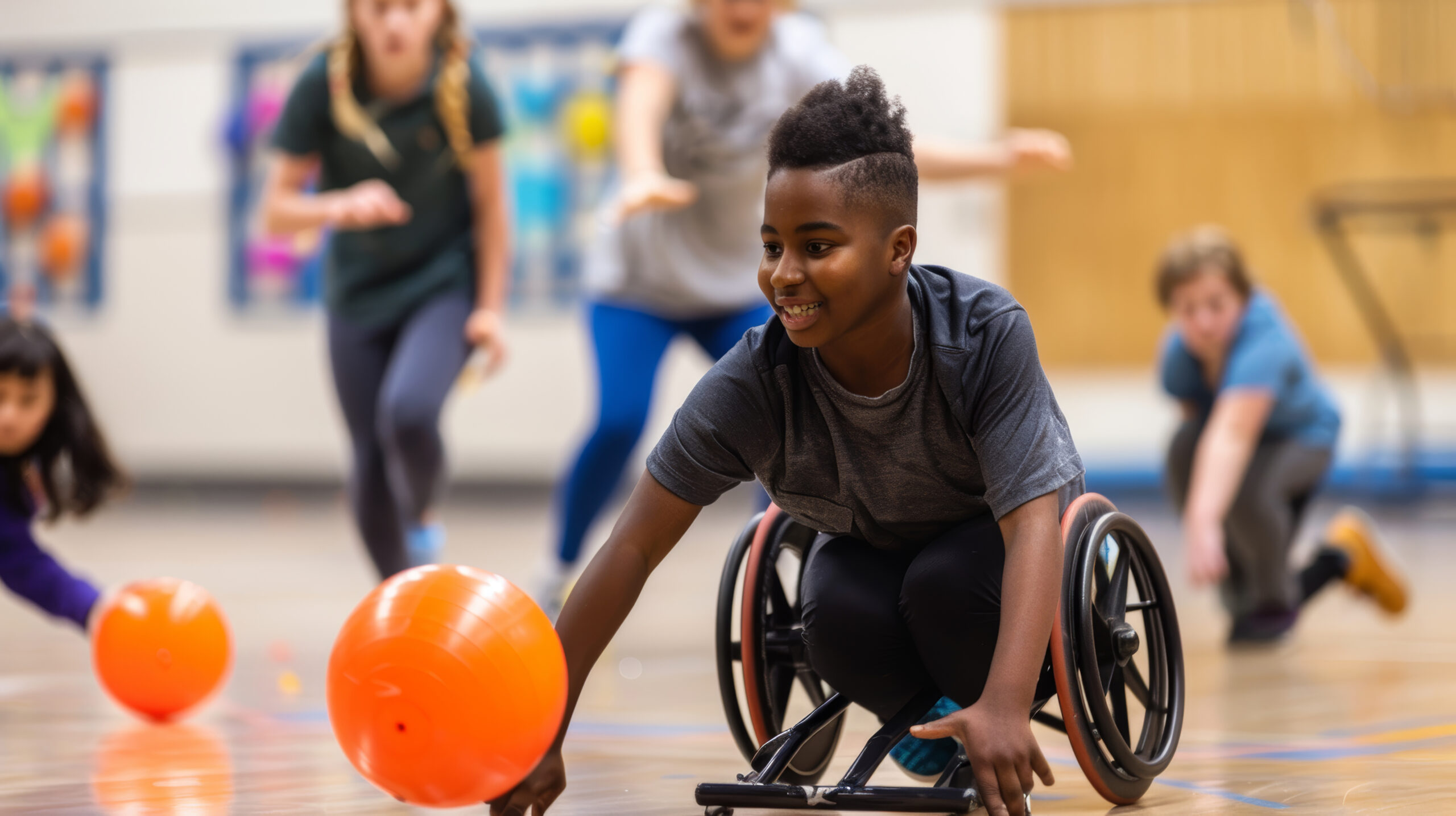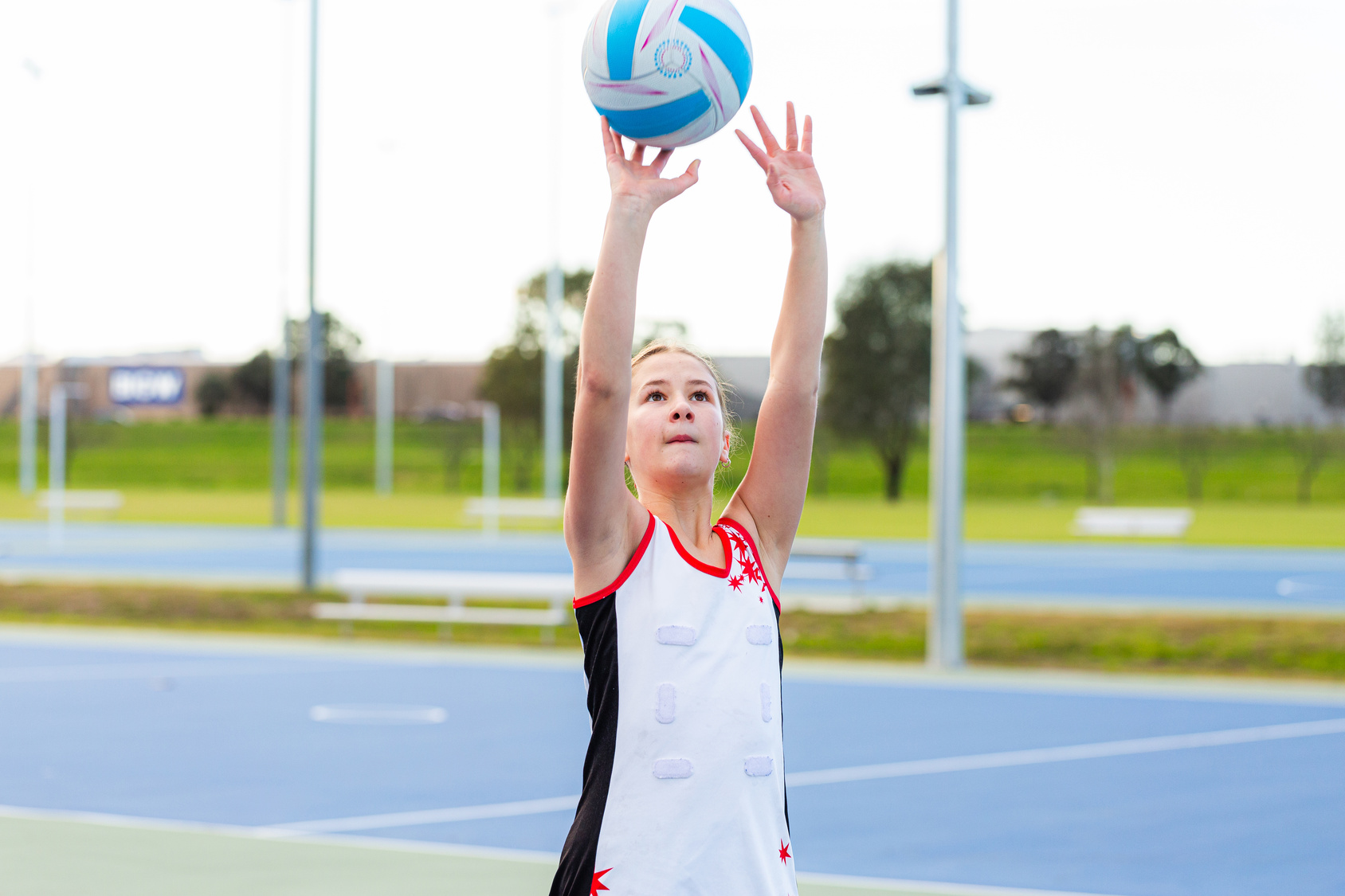Primary School Children Do Not Do Enough PE, say Teachers
PE Planning lesson plans are not only made for primary school teachers – they are also influenced by them. We spend a huge amount of time getting feedback from teachers, and understanding what it is that helps making planning and delivering PE lessons easier. So it’s extra insightful to ask teachers to take part in […]

PE Planning lesson plans are not only made for primary school teachers – they are also influenced by them. We spend a huge amount of time getting feedback from teachers, and understanding what it is that helps making planning and delivering PE lessons easier.
So it’s extra insightful to ask teachers to take part in a survey, and get the responses we did recently.
Our recent short survey was completed by teachers of schools who are PE Planning customers. We also posted the survey on X (formerly Twitter), and the results made for very interesting reading.
The survey had just three questions, and aimed to understand better the needs and challenges that primary schools face with delivering effective and engaging PE lessons to their pupils.
The headlines
The real headline from the survey results was this: Nearly two thirds of those who responded believed there is not enough time provided for PE in primary schools.
But equally as worrying, around the same number of respondents felt that there was not enough support available to help them deliver effective PE lessons.
With a statistic released by Public Health England in December 2020 stating that 1 in 3 children leaving primary school are overweight or living with obesity, these results suggest that more needs to be done to improve primary pupils’ access to PE.
The survey results
Here are the results of the survey:
When asked if they felt enough support was available to them to deliver effective PE to pupils, 33.7% said yes, and 63% said no. The remaining 3.3% weren’t sure.
17.3% of the respondents felt that they were delivering just the right amount of PE time to children. 63.2% felt they should be delivering more. 19.4% believed they should be delivering less.
When it came to challenges when delivering PE lessons, 38% said that suitable space and equipment was a problem. 31.8% answered ‘motivating pupils’ as the greatest challenge. Just under 10% cited ‘finding time to plan.’
What PE Planning said
In response to the survey results, PE Planning’s Will Smith said:
“Obesity can significantly lower life expectancy, puts pressure on our Health Service and can lead to chronic diseases. It’s absolutely vital we give children the opportunities to experience, engage with and enjoy physical activity within primary schools.
“Teachers have multiple pressures on them. It’s disappointing to hear that many feel they do not have the support, or equipment, to deliver PE to children.
“This is a problem we need to address and work on to ensure the children in schools now have the best possible chance of a healthy lifestyle, and life.
“Funding is allocated to schools for the development of PE. But, it’s only guaranteed for one year at a time, making it difficult for schools to invest in long-term solutions. Also, high-quality, reliable support is not always available.”
What will PE Planning do?
We now intend to use the information from the survey to help us continue to explore PE solutions that are cost effective yet most impactful for children.
Will said: “All children are different, and all schools have different requirements. It’s therefore important to offer a range of solutions so schools can make choices that suit their particular needs.”
Further reading
You can find our PE lesson plans here.
This blog post explains the importance of PE, and keeping primary school children active – and how PE can be incorporated into the classroom learning in fun, creative ways.
Elsewhere, we discuss solutions to lack of space or equipment for PE. Plus, how you can engage children in PE activities despite having no equipment.


